Purim greets us with a great sense of silliness and fun. We wear elaborate costumes, eat hamentashen, and use graggers. On a deeper level, those who created the holiday – Esther and Mordechai – developed celebratory traditions so that (Esther 9:31) “… these days of Purim shall never cease among the Jews, and the memory of them shall never perish among their descendants.” Specifically, Purim’s secret sauce that makes it so memorable is hidden in its community-building rituals.
Purim contains four mitzvot delineated in the ninth chapter of Megillat Esther. After the victory over anti-Jewish hordes, the Jews celebrated with parties, and Mordechai established on the 14th or 15th of every succeeding Adar to (Esther 9: 22) “observe them as days of feasting and merrymaking, and as an occasion for sending gifts to one another and presents to the poor.” Later, Esther inaugurated the yearly Megillah reading, recounting the miraculous events. These mitzvot --Mikra Megillah (reading the scroll), Mishteh (celebratory meal), Mishloach Manot (sending food gifts to each other), and Matanot L’evyonim (gifts to the poor of money or food)-- seem in slight discord with the story. While celebrating and reading about the history of the holiday make sense, the latter two mitzvot do not seem to fit with usual victory festivities.
An interesting way to view the mitzvot of Purim and connect the seemingly disjointed rituals comes into focus through the lens of the book The Five Love Languages by Gary Chapman. Chapman describes verbal and non-verbal ways of creating intimacy and closeness between people, which fall into five headings: words of affirmation, acts of service, receiving gifts, quality time, and physical touch. Words of affirmation include words that confirm the thoughts behind one’s feelings for the other. Acts of service ease the burden of responsibility on a loved one. Receiving gifts given with effort and thoughtfulness generate a sense of connection. Spending quality time with another provides undivided attention and directly strengthens a relationship. Physical touch builds relationships only when the connection happens through mutual desire and consent. When seen through this lens, the mitzvot of Purim create an intimate community.
Mikra Megillah develops an intricate story told in public that brings people together to hear it. The Megillah recounts the heroism and faith of our ancestors, highlighting what the Jewish people can accomplish when acting as one. The reader performs as the inspiring storyteller, giving national words of affirmation to our people and creating a singular national narrative. Matanot L’evyonim employ acts of service of community-building so important that Rambam states, (Hilchot Megillah U’Chanukah 2:17) “One should rather spend more money on gifts to the poor than on his Purim banquet and presents to his friends. No joy is greater and more glorious than the joy of gladdening the hearts of the poor, the orphans, the widows, and the strangers.” Mishloach Manot orchestrates a requirement for people to receive gifts of ready-to-enjoy food that builds bonds between neighbors. The Mishteh requires spending quality time with others, reveling in celebrating our people’s survival against all odds. In this Mishteh, we urge people to sing, drink, eat good food, have fun, and share ideas. While there is no requirement to have physical touch, the Mishteh, in many places, includes dancing.
The Purim environment is rife with community-building opportunities. We often live our Jewish lives, each in our own world, focusing attention on our individual matters. This narrow approach fractures the Jewish community. Purim provides an opportunity for the Jewish community to heal rifts, repair fissures, and hug our people in harmony…all while displaying a little silliness.

